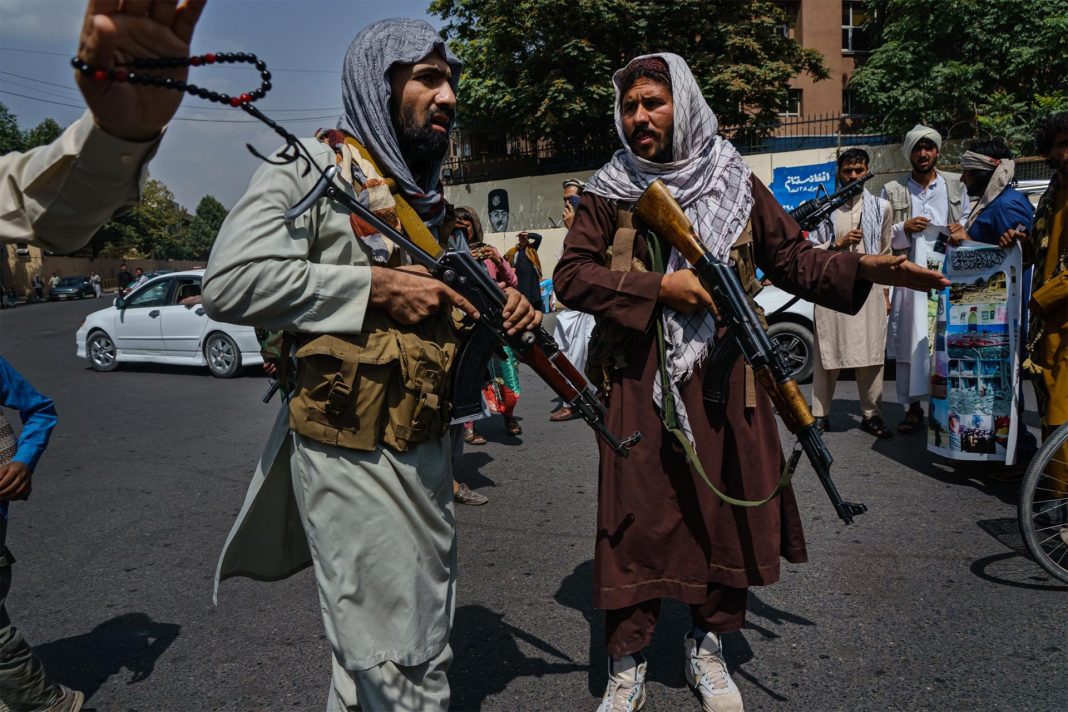In 1939, the Iranian and Afghan governments signed a treaty on sharing the river’s water, but the Afghans failed to ratify it.
In 1973, the two sides finally signed an accord that accepted the flow of water into Iran at 22 cubic meters per second or 820 million cubic meters of water a year with an option for Iran to purchase an additional four cubic meters per second in “normal” water years.
However, the agreement was neither ratified nor fully implemented due to political developments, including a 1973 coup in Afghanistan, the Soviet occupation of Afghanistan that same year, and finally the rise of the Taliban in 1995.
Since the Taliban took over in 2021, authorities in Kabul have emphasized adherence to the Helmand treaty, but in practice, Iran has not received its due share of water from the river.
Iranian officials and lawmakers have time and again complained that the country is not receiving its due share of water from the river.
Taliban ministers have blamed drought and technical issues for the low supply of water to Iran in the past months.
Despite the call for diplomacy, the Taliban prepared for war. As well as soldiers and suicide bombers, its rare military deployment also included hundreds of military vehicles and weapons left behind by the US, the person stated, asking not to be identified due to the sensitivity of the situation.
In mid-May, President Ebrahim Raisi urged the ruling administration in Afghanistan to “swiftly” supply Iran with its share of water from the Hirmand River, also known as Helmand. He warned that Tehran will in no way tolerate a rights violation of the province’s people.
“I tell the Afghan rulers not to take my remarks lightly and take them very seriously,” he asserted, adding, “I warn the authorities and rulers of Afghanistan to swiftly fulfill the right of the people of Sistan and Baluchestan Province and the Sistan region.”
Iranian officials say satellite images point to the presence of sufficient amount of water in Afghanistan’s reservoirs.
